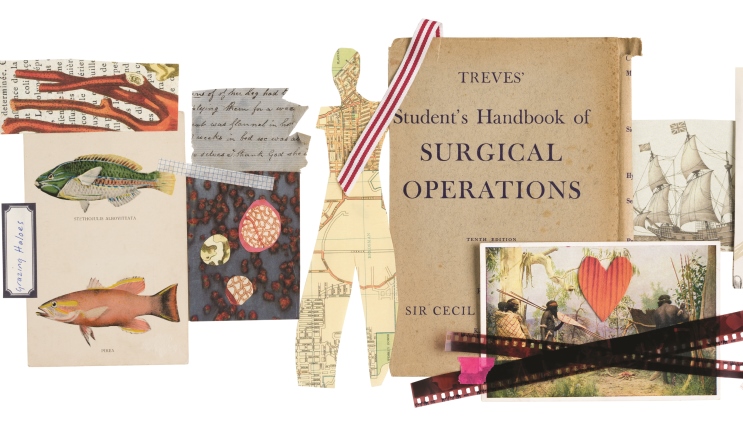
RESEARCH NEWS
Transforming surgical innovation
Operating theatres can be hotbeds of innovation – witness the giant forward leaps in health care that arose from inventive techniques like organ transplants and laparoscopic surgery, and from the development of devices like pacemakers and stents, which have all saved and improved millions of lives.
But an operating theatre can also be a very risky place to try something new. One slip of the scalpel and the outcome can be dire, with some patients harmed or even killed by surgeons experimenting with new techniques.
This dilemma is at the heart of Professor Wendy Rogers’ research. She is a bioethicist whose focus is on ethical issues in health care, and takes a different approach to surgical innovation: by exploring ways to tell when surgical innovation occurs – and finding ways to support it effectively and safely.
She says that there’s an inherent expectation that surgeons will constantly refine and improve their surgical technique, but if they do this through an unswerving commitment to innovation, patient care can be compromised.
“We’ve developed definitions and checklists for surgeons to run through when they are planning something that’s innovative,” she says.
“Measures to support responsible innovation include things like briefing the surgical team appropriately, considering the impact on anaesthetics, getting more explicit patient consent that might include divulging anything you haven’t done before, and perhaps discussing it with their head of department.”
While Prof Rogers doesn’t want to introduce processes that stifle innovation, her hope is that discussion triggered by redefining surgical innovation and the checklist will help to transform the sometimes over-enthusiastic culture of surgical innovation – and reduce accidental harm to patients.
Stay up to date with research breakthroughs at mq.edu.au/ research-impact